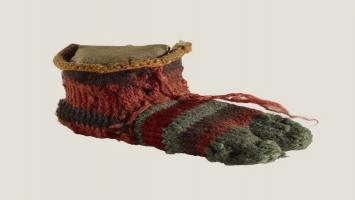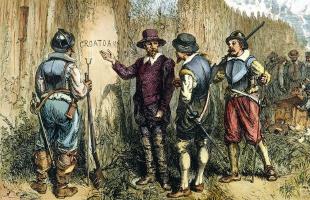Late Cenozoic
26 to 2 million years ago
Two periods belong to the Late Cenozoic period, the MIOCENE and the PLIOCENE. The continents in the Late Cenozoic are starting to assume the present arrangement. The last periods are characterized by a strong orogenetic activity (many mountains are born or "grow back") and by an intense volcanism (there are several eruptions).
The rapprochement between South America and North America is constant: however, there will be frequent phases in which the isthmus corresponding to present-day Central America will be submerged and then re-emerge: several times the two continental blocks will be isolated and then reunited, with considerable consequences for the distribution of faunas. Central America is still very "active" from a geological point of view: there are many active volcanic cones and there are often severe earthquakes. The dizzyingly rapid journey (always in geological terms, of course) of India is about to end: at a speed that has been estimated at about 16 cm / year, the plate reaches Asia at the end of the Cenozoic.

The definitive union of the Italian peninsula and the Balkan peninsula with Europe is also completed. The Mediterranean basin, the relic of ancient Tethys, closes to the East. This important phenomenon provokes new "growth" thrusts in the Pyrenees, the Caucasus and the Atlas. On the western edge of South America the Andes "grow" as a consequence of the continuous drift movement of the plate. The Rocky Mountains also found a new order in North America in the late Cenozoic.

The evidence on geological events is often very detailed because, in absolute terms, they are "recent" phenomena. For example, we know perfectly the environments that have been involved in some great volcanic eruptions. These "panoramas" on the life of a ~ certain phase of the Cenozoic often present themselves as immense (and dramatic) snapshots, photographs that have stopped over time a biological association, a certain stage of development of the species and so on. Recently at Orchard, Nebraska, the remains of 'a rich fauna killed by the ashes of a volcanic eruption of exceptional power were discovered (the cone that may have erupted those ashes was located a thousand kilometers away, in New Mexico ).

The catastrophe occurred about 10 million years ago, in the late Miocene. In this context, in addition to many other animals of great interest, remains of a one-fingered "horse" (Fiohippus) and of a three-toed "horse" (shape to be attributed to the Hipparion genus) have been found. The spread of herbivorous mammals in this period was also favored by profound geological changes, which led to the emergence of new plains. The shallow seas receded, leaving immense tracts of land exposed. These soon became covered with a blanket of forests and prairies, formed by plants very similar to the present ones. The withdrawal of the waters also favored the exchange of species between the American and Eurasian continents.

The Bering Strait, in fact, remained dry, became a bridge through which animals could migrate freely. This enormous migration of animals across the Bering Strait lasted ten million years for most of the Oligocene period and led to a remarkable mixing of races, as well as the emergence of new species. The Oligocene, which began thirty-six million years ago, lasted about eleven million years. It was succeeded by the Miocene, whose duration is estimated to have been twelve million years. The climate underwent a notable evolution: in the Oligocene it was still warm and temperate, while in the Miocene it became colder, decisively influencing the distribution of plants. Many tropical or subtropical plants disappeared, and there was also a notable regression of the scrublands, replaced by immense grassy meadows. This change had major consequences in the field of animal evolution: many mammals that used to feed on tree sprouts and shrubs had to adapt to eating herbs, and this led to their slow transformation, which was noted above all in the shape of the teeth and in the structure of the legs and neck. The terrestrial fauna had by now reached the variety of present forms when, about a million years ago, great changes in climate intervened to modify the distribution of life in the continents. The cold was felt intense and large ice caps covered the globe up to our latitudes, pushing almost all living beings towards the tropical areas. Some animals, however, were able to adapt to the new climatic conditions and continued to live in the northern regions. Typical is the example of the mammoth, a large woolly elephant, whose remains have also recently been found in the frozen sands of Siberia. The great cold enveloped the Earth several times, freezing enormous masses of water, especially at the Poles.


























